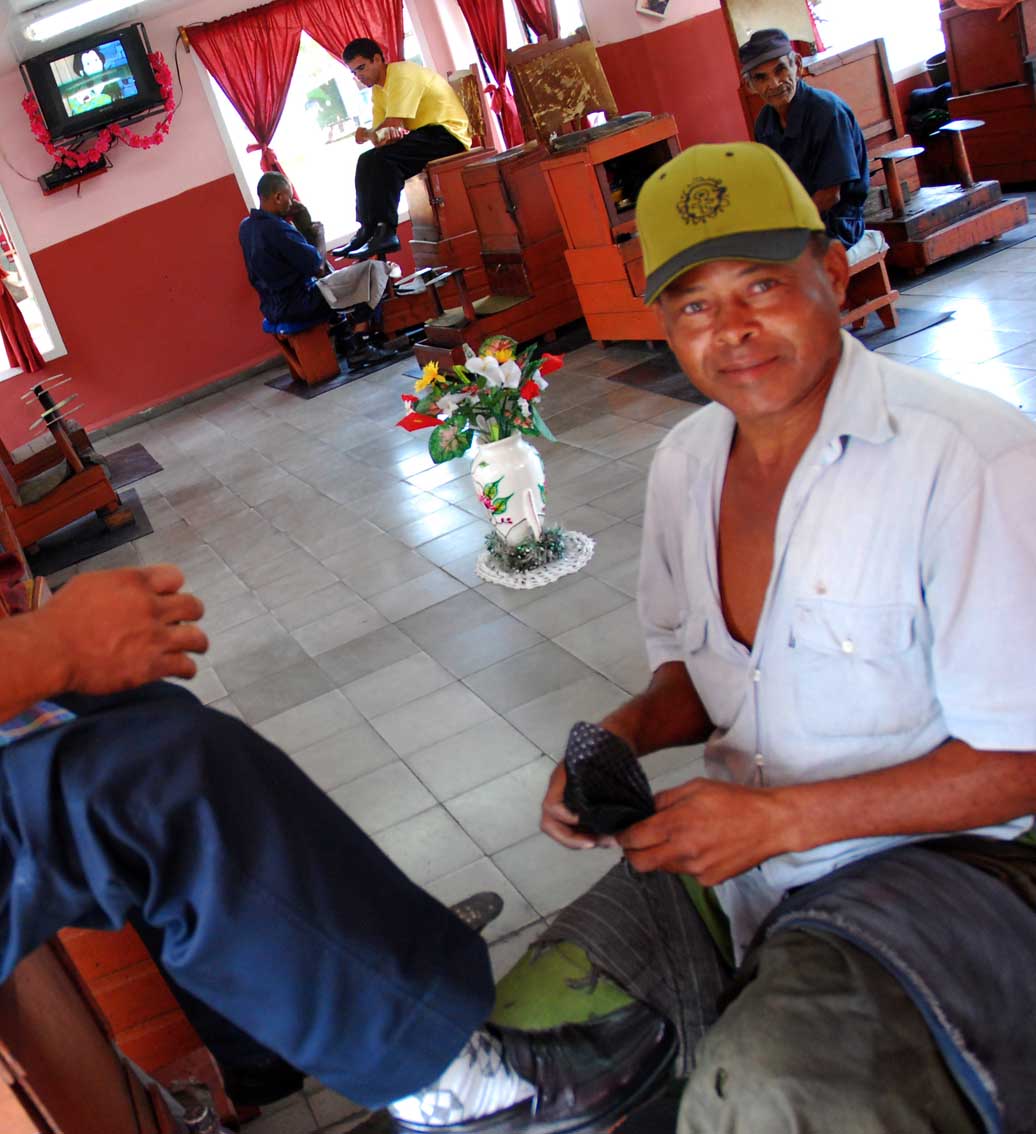The Inverted Pyramid
Dariela Aquique

My apartment is on the second floor of a building in the Jose Marti “Central Urban” District of Santiago de Cuba, where it’s impossible to escape the noise and not hearing every detail of the lives of other people around.
My neighbors talk (always loudly), and though I’m not interested, I can’t avoid hearing their conversations:
“Homes, I busted the melon. There was some serious action and I pulled a mag. So I threw it in autopilot and laid out up a mad crazy hanger…”
Yes, I know; it seems like a dialect, but it’s not. It’s Spanish, popular jargon, the language Cubanized, Santiagocized, vulgarized and in the end deformed. Let me translate for you:
“Friend, I made some money. Since business was good, I earned a thousand pesos. So, I went shopping and bought some nice clothes
Unavoidably this made me recall “the pyramid.” I can still remember the drawing on the board in school. The pyramid was illustrated in philosophy classes indicating the composition and status differences in society. In that pyramid, intellectuals and professionals occupied privileged positions (high social levels).
I then thought about the maxim of socialism: how work and reward were to flow “from each according to their ability, to each according to their work.”
After half a century, all of this has been no more than a utopia, a pipe dream. Social reality refuted the theories.
My neighbor (like many people) doesn’t work and doesn’t study. He’s a kid educated under the Revolution, but he lives off of “business,” from “inventing.” Yet his income allows him to enjoy places that are so expensive that an experienced and qualified professional can not afford them.
This contrasts sharply with another conversation I also heard. But this was between a doctor, a specialist, who was speaking with another neighbor:
“Girl, I’m like a woman running around going nuts. I show up for night duty and later I have to leave to go buy something to eat [many workplace cafeterias have now been shut down]. But what little I can find, they’re selling at God awful prices. I’m working to half feed myself; I can’t buy clothes, I can’t go out, in short…”
To speak of wages, supply and demand, economic restructuring and social equity is almost an act of masochism. The fact is that now I’m thinking of that blackboard drawing. How should the pyramid be illustrated? If everything is the other way around, it’s now an inverted pyramid!






Hmmmm, looks like we have some Tea Party material in Cuba too: People mad at some very real problems but lashing out at your usual street-level suspects (in this case the euphemistic “those people” from Santiago and common hustlers ruining society).
Maybe the writer should do some inverting of her own.